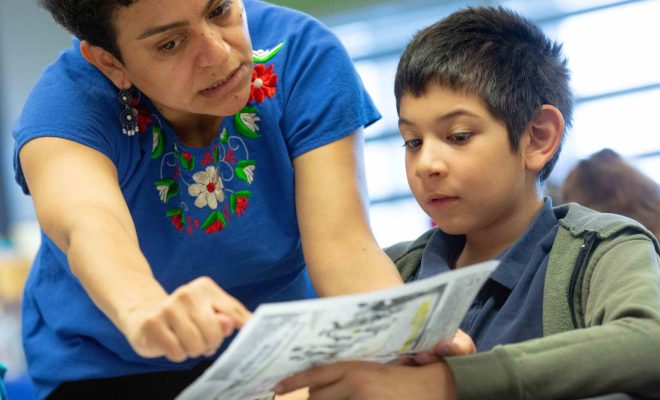Activities to Teach Students to Identify Functions

Teaching students to identify functions can be a challenging task, but with the right approach, it can become an engaging and enjoyable experience. Here are some activities that can help inculcate this vital skill among students:
1. Function Machine:
A fun and engaging way to teach students about functions is by using a function machine. You can create a simple function machine by using a cardboard box and attaching some gears and levers to it. You can then give the students a set of input values and ask them to predict the output values based on the function being used. For example, you could use a function that multiplies the input value by two, and the students would have to predict the output value for different input values.
2. Graphing Calculator:
A graphing calculator is an essential tool for teaching students about functions. The step-by-step process of graphing a function allows students to see the relationship between different variables visually. Additionally, using a graphing calculator to graph different functions helps students develop a deeper understanding of the functions themselves.
3. Function Bingo:
Another fun way to teach students about functions is by using a Bingo game. You can create Bingo cards with different functions and give students a set of input values. As they compute the output values, they can mark off the corresponding squares on their Bingo card. This game helps students identify functions quickly and easily, and it is also an enjoyable way to review functions.
4. Function Gallery Walk:
A gallery walk is an engaging way to teach students about different functions. You can post different functions around the room, and students can move around, record their observations, and make hypotheses about the behavior of the functions. Additionally, you can give them a set of input values, and they can graph the corresponding output values on the board.
5. Function Sort:
In this activity, you can ask students to sort different equations into two categories- functions and non-functions. This activity requires them to identify key characteristics of functions, such as a one-to-one relationship between input and output values. They can use different criteria to sort the equations, such as whether the equation has a vertical line test or not.
In conclusion, teaching students to identify functions is a crucial skill for the study of mathematics. By making use of engaging and interactive activities, teachers can help students develop a deep and intuitive understanding of functions, which can be applied to various other mathematical concepts. These activities help students learn the fundamental principles of functions, and they also make learning about functions fun and exciting.

